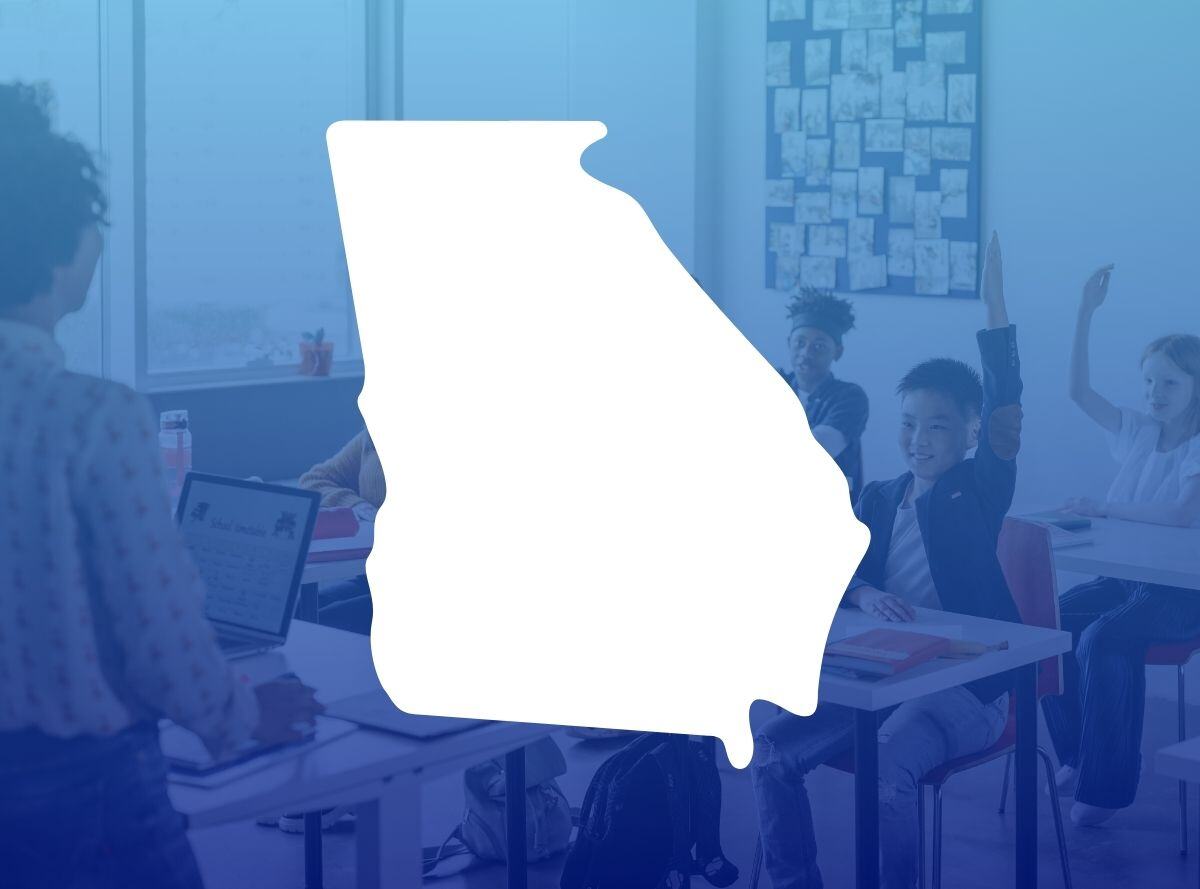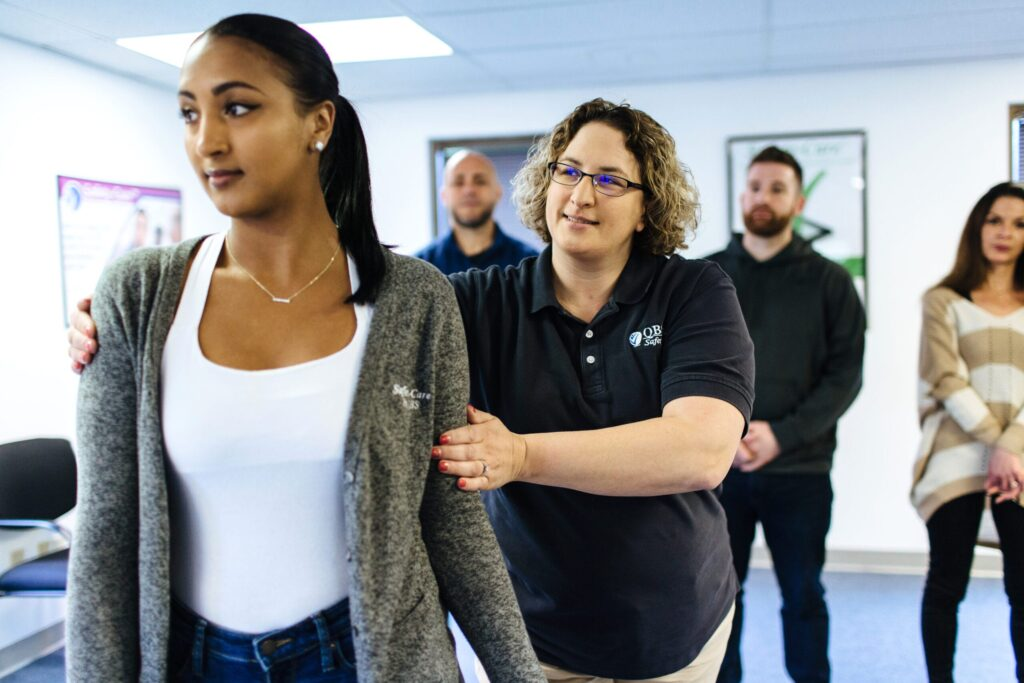Georgia Department of Education – Rule 160-5-1-.35, Seclusion and Restraint for all Students
The State of Georgia, through the rules established by the Georgia Department of Education, has strict regulations on the use of restraint and seclusion in schools. Below is a summary of Rule 160-5-1-.35, describing how these rules are meant to be applied as well as information on how Safety-Care can be utilized to improve the safety of students, staff and other parties.

.png?width=88&height=95&name=Group%20137%20(5).png)


How to Implement Safety-Care?
1. Register for a Safety-Care Trainer class or call us to request a closed session for your organization. We regularly conduct classes in all 50 states and Canada.
2. Complete your class to become a certified Safety-Care Trainer for your organization. We bring you to fluency using an errorless teaching methodology.
3. You train and certify your staff in Safety-Care’s effective techniques.
4. Our Master Trainers are available by phone, email, or video to help your organization with any questions or concerns while using or implementing Safety-Care.

Legal Requirements
|
Summary: Last Updated: December, 2024 The State of Georgia, through the rules established by the Georgia Department of Education, has strict regulations on the use of restraint and seclusion in schools. Below is a summary of Rule 160-5-1-.35, describing how these rules are meant to be applied as well as information on how Safety-Care can be utilized to improve the safety of students, staff and other parties.
Physical restraint is allowed only when the student poses an immediate danger, and less intensive interventions have not worked. Physical restraint cannot be used as punishment, if unsafe, or if contraindicated due to a student's medical or psychological condition. Such restraint must end when the student is no longer a danger or shows signs of severe distress. Physical restraint does not include limited contact with students for the purposes of safety, skill training, guidance, or offering comfort. Prone restraints are specifically banned. How Safety-Care aligns: Numerous organizations throughout the United States and Canada rely upon QBS and our Safety-Care training to provide their staff members with the training they need to help maintain a safe and healthy environment. Safety-Care provides a comprehensive, supportive approach to incident prevention, de-escalation, and management. Your Staff will learn practical strategies for helping students that use evidence-based practices consistent with PBIS (Positive Behavior Interventions and Supports) and ABA (Applied Behavior Analysis). |
Why Safety-Care?
Benefits & Differentiators
In addition to Safety-Care being highly cost-effective, you get:

Skills to effectively prevent, minimize, & manage behavioral challenges with dignity, safety, & the possibility of change

Decreases in staff and patient injuries and reduction in restraint & seclusion time

Instructional procedures based on decades of evidence-based research & compatible with ABA, PBIS & reinforcement-based environments

Customizable program for your setting, staff & clientele, with a strong focus on preventative via non-intrusive, replacement behaviors

Extremely rigorous standards grounded in errorless teaching methodology

Small, intimate class sizes backed by unlimited support & resources
How Is Safety-Care So Effective?
A Genuine Focus on Implementing & Managing Positive Behavioral Skills
Proactive, environmental management recommendations
Understanding of evocative effects of staff behavior
In-depth analysis of antecedents and proactive antecedent interventions
Evidence-based reinforcement procedures
Required competency in de-escalation skills
Humane, non-invasive touch and QBS Check™ strategies
Evidence-based teaching procedures
Applicable to a wide array of settings, conditions & challenging behavior





